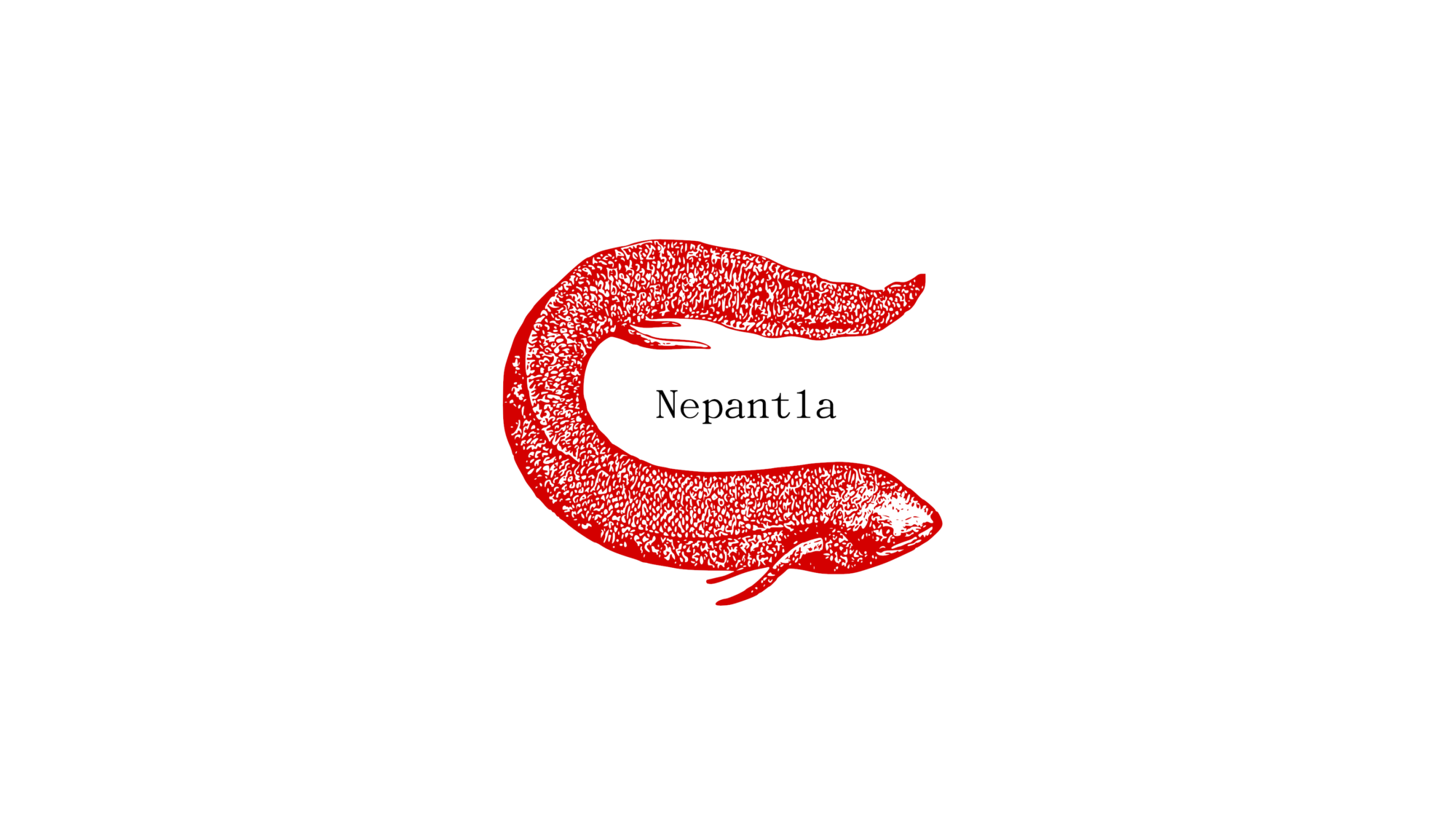- Raul Trejo Villalobos – Interculturality - April 20, 2021
- Postpandemic perspectives - March 13, 2021
- Posthumanism: Romanian scenery 5 - August 26, 2020

*The following short essay is a speculative exercise on the metaphysical aesthetics of the novel virus COVID-19 crisis. It does not wish to diminish its gravity or to sell it as an opportunity to learn new things. Forum Nepantla takes the COVID-19 very seriously.
The current COVID-19 situation has flooded traditional and social media with eerie images: deserted boulevards, closed shops, and empty buses. The images remind us of post-apocapolyptical blockbusters with some lone hero roaming the streets of some generic abandonned metropolis. These scenarios are however not real, eventhough the images are and the feelings they awake even more so.
Past absence
We are suddenly faced with the very vivid image of our own absence. A quite real depiction of a future without us suddenly appears possible. We perceive a possible world without any of us, full of viruses, bacteria, ruins, trees, empty buses and so on. The effect of this image is comparable to the discovery of the age of fossils or the impact of the theory of evolution. As Meillasoux tells in his After Finitude fossils and evolution have questioned and shaken the centrality of humans on this earth. Fossils and evolution show a distant future existing without any humans in it. They show the ontological autonomy of things, animals, molecules, plants, planets. They break the authority of old metaphysical systems that assert that reality is dependent on a perceiving subject.
Future absence
While fossils depict a distant humanless past, today’s images of empty streets and cities show us the possible humanless future. Ray Brassier has wrote about such futures in Nihil Unbound. Continuing Meillasoux’ insights he states that the ontological autonomy of things is not something lost in the depths of time. It is moreover something that may come to pass again with a future extinction of mankind. This further weakens the shackels of subjective perception placed on reality by those that Meillasoux and Brassier call corelationists. What both Meillasoux and Brassier show is that things exist, and they exist beyond our perception and beyond our presence.
The aesthetic (and not so much the reality) of the COVID-19 makes this manifest. No one doubts the existence of empty streets and busses, no one doubts the existence of a certain virus roaming free in our cities. We feel them to the full and we associate with them a strange reality of our own absence. At this point however, something odd takes place. The aesthetic of the virus changes, it gains human values and human properties. We see in it the opportunity to strengthen communities, to rediscover ourselves, to sing in balconies and stand in solidarity. This cultural aesthetic reveals two points: first the strength of humans against adversities, and second the metaphysical tendency to negate the ontological autonomy of things. I wish to discuss the second here.
Old habits
Nothing makes the above metaphysical tendence more apparent than the following remark: social distancing and quarantine give the planet a change to breath. Two crisis cross paths here: COVID-19 and climate change. They both depict a possible humanless future. They both awaken the feeling of absence. We perceive this absence seems in both as tightly connected to the very existence and reality of our planet. We project our own demise on the biosphere and on the entire planet. In the COVID case we project our own fraility, our own incapacity to breath on the planet. The earth is however not that frail, and life on earth in general is not threatened by pollution – we are. The same goes for climate change.
COVID-19 is a dire situation that faces us with the thought of our own absence, which however immediately reinforces our own tendencies to bind our existence to a unitary cosmos. This tendency is however not grounded. It extrapolates a temporally local event and universalises it. This gives the COVID-19 crisis a cataclismic feel. This is what sparks irational global panic. Panic however we do not need. We need cool heads and a serious but balanced assesement of a severe situation combined with inter-personal and inter-institutional cooperation.









I wonder whether the fact of us witnessing our own absence does not in fact changes the situation as described by Meillasoux and Brassier. There is a talk of a subjectless reality and indeed that future doesn’t seem to be that far away given the current situation. However, it seems to me that the aesthetics of empty busses is more than that precisely because we get witness our own absence, something which wouldn’t be possible in case of a cataclysm. The subject seems to become not something which is there but something which should be there but is not. Not sure if this means anything, whether it changes the way we understand subjectivity in general .
Dear Ana,
thank you for your question. “The subject seems to become not something which is there but something which should be there but is not.” I am not sure if i understand fully what you mean, but it seems to me that a subjectivity that witnesses its absence and feels that it should be there, where in fact it is absent, is a common trait of modern subjectivity – in its negative understanding at least. A subjectivity that persists in its absence and tries to integrate its own negation could be described as a common project of subjectivity. Let me know what you think
*….as a common project of modernity